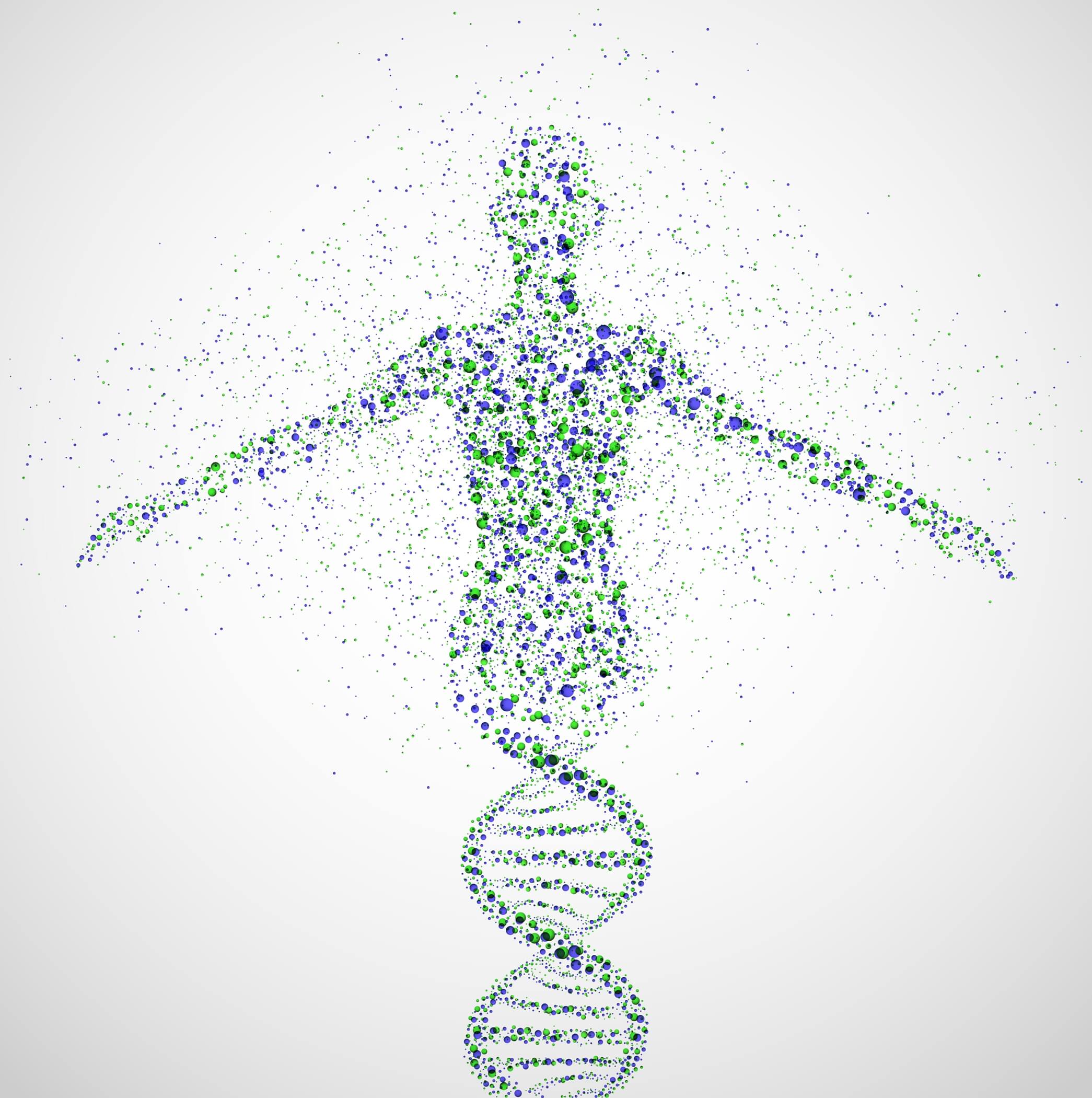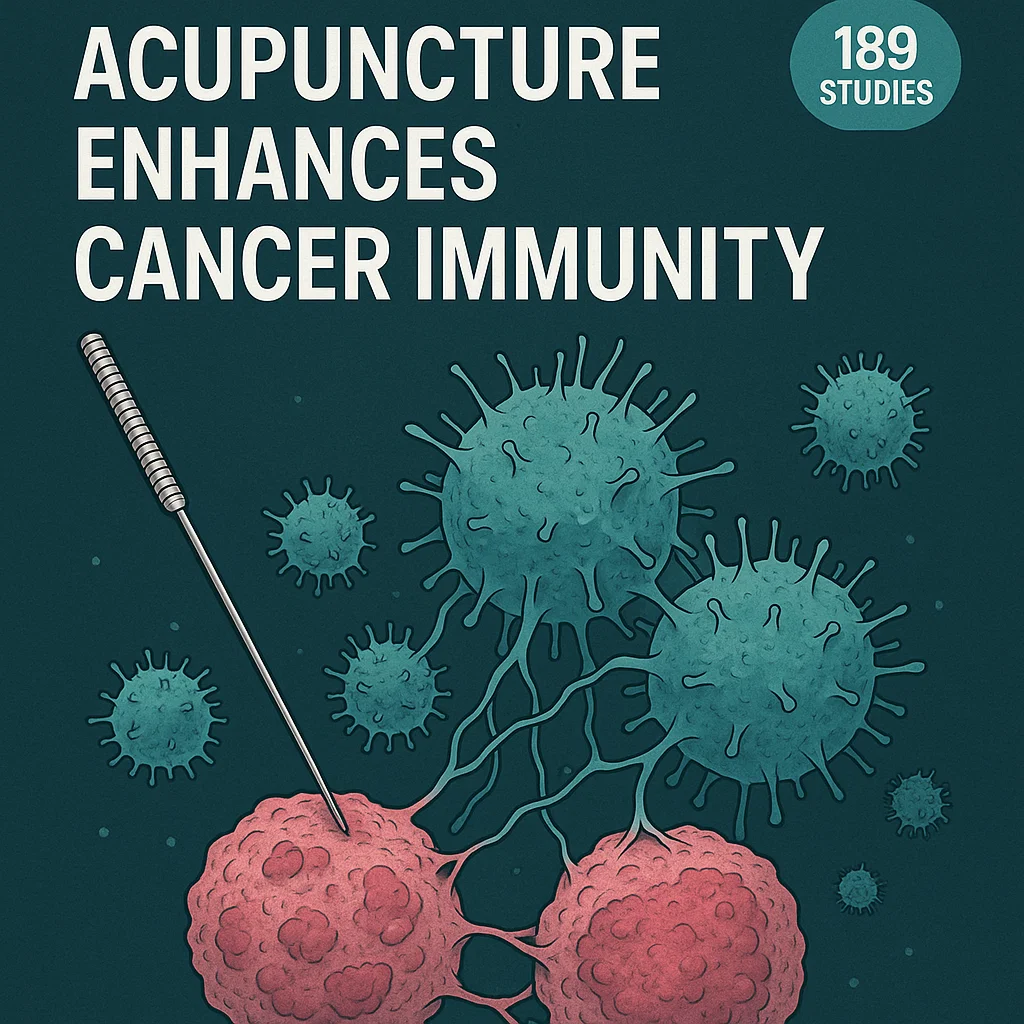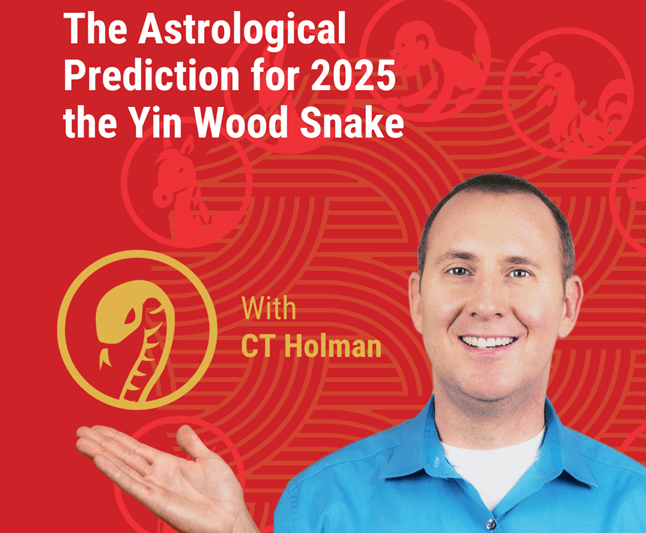Dynamic Interconnections: A Qi, Blood, and Fluids Case with Takahiro-Style Teishin
by Mark Petruzzi
This article, first published by the North America Journal of Oriental Medicine, NAJOM, 91 July 2024; P. 37-39 and is republished here with permission.
“The 12 channels are where the beginners start, and the masters end” – Ling Shu Chapter 17
The harmonious interplay and interconnectedness of the human body reveals a beauty, complexity and intelligence that is deserving of reverence. In the study of acupuncture, we learn to access and influence this system through the channels. Many of us (myself included) become enthralled with the various channel relationships of East Asian medicine, but fail to learn the comprehensive anatomical foundations that provide their backbone. This can sometimes leave us confounded by the strong, and sometimes unexpected, changes than can be elicited with a few needles and some moxa. For me, deepening my knowledge of modern visceral anatomy and embryological development not only reinforced the integrated connectivity the ancients were able to ascertain; but gave me a greater appreciation for their contributions, and a heightened understanding of the channel system as a whole.
When it comes to treatment, I use a variety of techniques, with their allocation and dosage determined primarily by palpatory findings. In each session, the teishin will invariably be utilized. I am partial to the unique teishin techniques developed by Funamizu Sensei (TakahiroStyle Teishin or TST); used to pour qi into the system and enhance its flow. Funamizu Sensei specializes in treating patients with anxiety, depression and PTSD. Incorporating these skills into the treatment will enhance your ability to quiet the heart and calm the spirit, but their influence is by no means limited to imbalances of the mind. I have found that practitioners new to using the teishin can have a narrow view of its application. I would like to help expand this viewpoint.
Below is a Qi, Blood and Fluids (QBF) [*1] case of mine, exhibiting the profound physiological change TST can evoke with consistent practice and refinement in technical and anatomical specificity.
Patient: A middle-aged woman with stage IV metastatic breast cancer has been receiving treatment for chemotherapeutic peripheral neuropathy. She has uncomfortable numbness/tingling in both hands and severe painful numbness and tingling in both feet, along with significant swelling bilaterally in her legs/feet. She is now taking an experimental medication which is known to cause digestive issues and affect her blood counts.
Having a severe peripheral neuropathy and being a qi type, she responds very quickly to adjustments in her system. She has been making steady progress in deceasing the neuropathy symptoms, preventing digestive complaints and keeping her energy up; primarily with SRT/contact needling, teishin/TST and half rice-grain moxa/tonetsukyu.
In the prior few weeks she had been presenting with a LU/SP deficiency pattern. Leading up to this particular treatment, she has delt with a large amount of stress and frustration (on top of working full time and going through cancer treatment). She was found to have an infection in her right big toe. The infectious disease doctor prescribed a strong antibiotic; her oncologist told her that particular antibiotic interacted with her cancer medication, which she would have to stop while treating the infection. She ended up being on the phone for hours with both offices, without getting a clear direction on how to proceed. The whole ordeal left her feeling very frustrated/angry and stressed.
Pulse: thin weak, rapid; Lt guan/chi positions most deficient; guan positions superficially tense.
Abdomen: tense subcostally, CV-12, Lt ST-21; Rt ST-27 tight; fascial pull left-inferior from celiac trunk.
Channel palpation: KI-9, PC channel, GB-39 tense; deficient at HT-5, LR-8; boggy at UB-40; def/sl boggy at KI-3.
QBF: Qi type affecting the movement of fluids.
Meridian Therapy: LR kyo pattern.
Treatment: Began with SRT/contact needling at ST-19, CV-12, and Lt ST-21…after a pleasant point/tissue change at Lt ST-21, she said “oh.” Her breathing became very shallow and quick and her cheeks were flushed (nobose: a rush of blood to the head). She said, “I think I just went into afib.” She proceeded to tell me she had previously had an extensive ablation procedure, which got the atrial fibrillation under control for a while, but recently, she began having sporadic bouts of afib once again.
By determining her underlying pattern, and understanding the channel, visceral and embryological connections, I had a strong suspicion what was going on. The liver and pericardium (jue yin) both form embryologically out of the diaphragm. [*2] The SRT/contact needling at ST-19 started to decrease the diaphragmatic restriction from her underlying liver pattern. SRT at CV-12 began to soften the constraint at the pyloric sphincter and create some relaxation in the arterial walls of the celiac trunk, enhancing circulation to the digestive organs of wood and earth.
The Lt ST-21 (which is over portions of the stomach superficially and the splenopancreatic artery deeper) was primed for significant change; the SRT at Lt ST-21 had a nice arrival of qi (kiitaru) with a corresponding softening in/around the point. This likely stimulated qi movement/piezoelectric discharge in the perifascial fibers of the vagus nerve running over the anterior portion and lesser curve of the stomach. This qi response shot through the stomach – phrenogastric ligament – diaphragm – phrenopericardial ligament – to the heart, causing the vagal fibers there to activate the atrial fibrillation. One might say this is an anatomical expression of the shi go midday/midnight relationship of the stomach/pericardium.
As a result of the patient’s quick/strong response to the SRT points, I moved to teishin (TST). I first applied the sazanami-wave technique subcostally and downward over the abdomen to smooth liver qi and further soften diaphragmatic fascial restriction. I wanted to create space to allow the nobose/qi rebellion to descend.
I then utilized the soryu-twin dragon technique; a hamon/ripple technique applied to two points simultaneously; to Lt HT-5 and Rt KI-13. I first accessed Lt HT-5 with the intention to open the longitudinal luo of heart, helping to relax the fasciculation of the heart muscle, as well as connect to the small intestine channel and SI-duodenojejunal junction (which has fascial connection to the esophagus, diaphragm, pancreas and aorta through the ligament of Trietz).
Once I felt a good qi response in Lt HT-5, I maintained contact with Rt KI-13, which still had some residual tension, and I joined it with Lt KI-13 – using soryu/twin dragons to bilaterally stimulate the kidney channel of foot shaoyin (with every pump of the heart, the kidneys get 20% of the blood moving through it) [*3] and the chong (strongly related to the arterial/vascular system). KI-13 is a classic point for anchoring nobose and to address running piglet qi because of these connections.
Once I felt a softening in the tension at KI-13, I moved to the legs. I applied sazanami-wave technique to the stomach channel from below the knee to the ankle, drawing down that excess stomach energy that initiated this reaction (ST/PC shigo relationship; ST divergent channel connects to the Heart). I have found using the sazanami-wave technique stroking down the ST channel along the tibialis anterior to be effective in softening tension in the epigastric area (usually corresponding to the change in the skin/fascial tone).
After 3-5 passes down the ST channel (and a corresponding change in skin/fascial tone), I applied soryu-twin dragon to KI-9, stimulating the connection of the kidney channel and yin wei (xi cleft). Yin wei rules the interior, and xi cleft points can treat acute conditions and disorders of the blood in the yin channels. As yin wei is opened by PC-6; this point also has a connection to the PC and Jue Yin: helping to harmonize Shao Yin and Jue Yin. By the time I began to feel a nice qi response and decreased tension at KI-9, my patient reported feeling a slowing of her heart rate. I switched to the soryu-twin dragon teishin technique applied bilaterally to GB-39. This is the group meeting point of the 3 leg yang channels (all three divergents of the ST, GB, and UB connect to the heart) as well as the influential point for marrow (brain, bone marrow, and in turn, kidney and essence). I used this point to leverage the shigo relationship of the gallbladder with the heart. The gall bladder itself, is fascially connected to the diaphragm through the phrenicolic ligament, bringing us back to where where we started. By the time the tension at GB-39 relaxed under the two teishin, her heart rate had returned to normal.
I finished the treatment with:
- 3 rounds of gentle ½ rice-grain moxa (tonetsukyu) to ST-36, KI-8 and LI-11.
- ½ rice grain moxa at ST-36 to anchor ST qi, activate transient receptor potentials to enhance arterial relaxation, strengthen immunity, and regulate heart rhythm.
- KI-8: KI and yin qiao: yin xi clefts affect disorders of the blood. Wang Ju Yi speaks of yin motility related to involuntary movements of viscera. KI-8 is a special effect point in traditional Japanese moxibustion to mobilize fluids in lower legs and reduce swelling.
- LI-11: he sea points treat rebellious qi conditions. LI-11 is a traditional Japanese moxibustion point for strengthening the immune system. LI-11/ST-36 can be used to lower BP.
- TST: arare/hail technique (a fast application method: placing droplets of qi as if hail is falling) to palmar hand creases, influencing arterio-venous anastomoses. Hamon-ripple to finger creases, jing-well points, shixuan.
- Soryu-twin dragon to bafeng/rear bafeng; hamon-ripple to foot jing-well points.
- Acupressure at KI-1 concluded treatment.
The patient was free from atrial fibrillation for multiple weeks following this treatment.
Ling Shu Chapter 5 says, “The most skilled healer treats the surface, and those doctors disperse them before they sweep inward…” Barral’s Neural Manipulation (NM) teaches that “The most superficial nerves are the most reflexogenic.” I see these two phrases as having parallel meanings, with an echoing resonance on the profound impact subtle techniques can have. I hope this small case example helps provide a corporeal understanding to concepts that can be more ethereal in nature, illustrating how reciprocally intertwined and anatomically bound the channel system really is.
Notes
- In the Qi, Blood and Fluids (QBF) approach (taught by Mark Petruzzi and Jeffrey Dann), participants delve into the influences of bodywork and anatomical exploration established during the Edo Period, and elaborate on these ideas with contemporary insights. We fuse traditional Japanese acupuncture methods with osteopathic manual techniques, allowing the needle to truly become an extension of our hands. Look for more information about an upcoming course in NY this October 2024.
- Blechschmidt Eric. 2004. The Ontogenetic Basis of Human Anatomy. North Atlantic Books, pp176-178.
- Barral Jean-Pierre. 2016. Advanced Visceral Manipulation: Neuroendocrine Approach to the Abdomen. The Barral Institute, pp279.
Mark Petruzzi is director of the Traditional Japanese Acupuncture Institute (TJAI) in New York. He is the appointed acupuncturist at Stony Brook Children’s Hospital and Stony Brook Cancer Center. He was adjunct faculty at the New York College of Health Professions from 2005-2022, teaching courses in their Acupuncture and Massage Therapy programs, as well as supervising student interns in the Japanese Acupuncture clinic. Mark was a lead instructor of the TJA team at Tristate College of Acupuncture from 2009-2018 and the acupuncturist and massage therapist for the Adelphi University Dance Program from 2004-2020. He maintains a private practice in Port Jefferson Station, NY.
“The North American Journal of Oriental Medicine (NAJOM) is a non-profit worldwide forum for the promotion and development of Japanese approaches to Oriental medicine. Our goal is to facilitate networking among practitioners and inspire them to deepen their knowledge and refine their skills.”
You can subscribe to the journal at the following link: http://www.najom.org/store/c6/Membership%2C_Subscriptions%2C_and_Individual_Back_Issues.html






